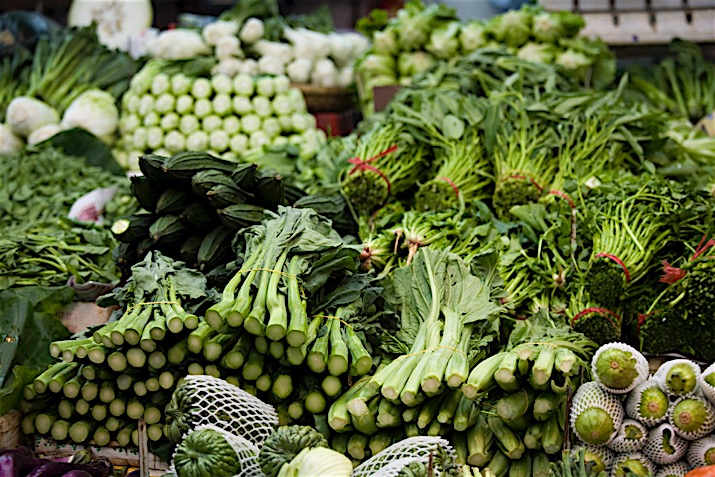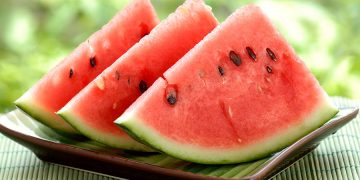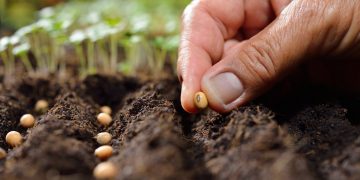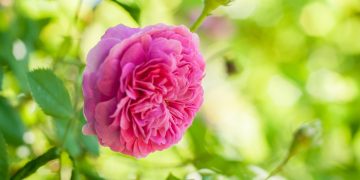Heading into winter, the fresh flavour of Oriental vegetables balances the richness of winter food, and they are also good sources of sources of vitamin C, betacarotene, vitamins B2 and B6, folic acid, iron, magnesium and calcium.
White-stemmed pak choi, also known as bok choy or Chinese white cabbage, produces loose heads of glossy green leaves and very white, soup-spoonshaped leaf stalks. The leaves have a crisp and juicy texture and a neutral, mild mustard flavour. The individual leaves can be harvested or the plant can be left to grow into a mature cabbage.
Chinese mustard ‘Green in Snow’ has deep green foliage that can be used in salads and stir-fries. The edible flowers can be used in drinks or as a garnish.
Tatsoi is a standard ingredient in many Chinese dishes. Another brassica variety, it is very low growing in cold weather, forming a compact, flat rosette close to the ground. (In warm weather it grows erect.) The whole plant may be harvested at once or the leaves can be picked continuously over several weeks. The deep green, spoon-shaped leaves are thick and tender with a hint of mustard flavour, while the stalks are white, crisp and very tender. The leaves are best used raw in salads or stirred into a stir-fry. It has a long harvest period and is slow to bolt.
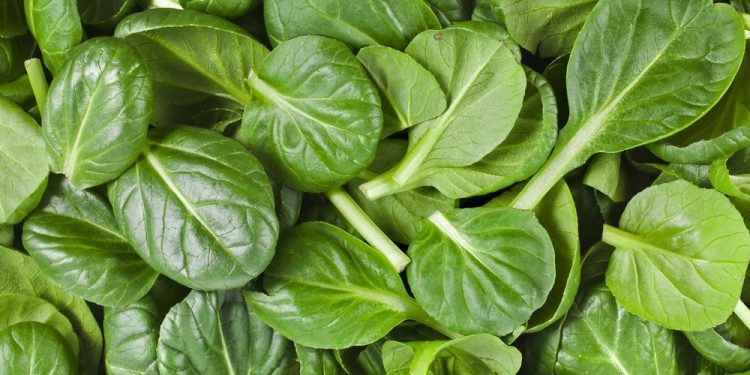
With its red-tinged leaves, red giant mustard is very attractive. The leaves have a distinct hot mustard flavour and the flowers are edible. The leaves can be added to stir-fries as well as stews and casseroles, and the harvested seeds can be sprouted for salads.
Mizuna grows to about 30cm in height and is an attractive leaf mustard with a pleasant taste, milder than most mustards and somewhat reminiscent of rocket, but sweeter. The leaves are dark green, narrow and fringed at the edges. Mizuna needs more moisture than the other oriental vegetables so should be grown separately. It can also be successfully grown in containers.

